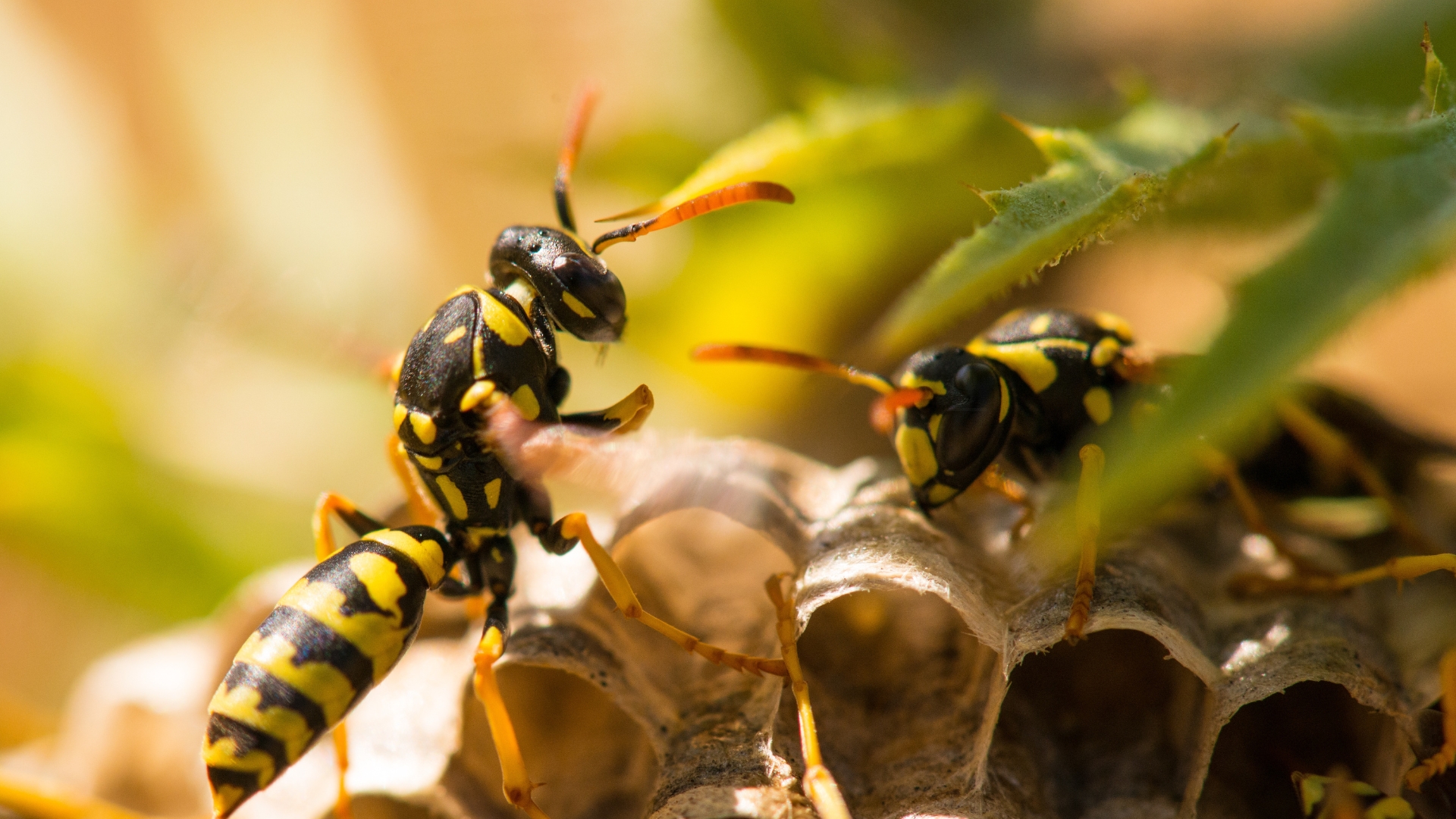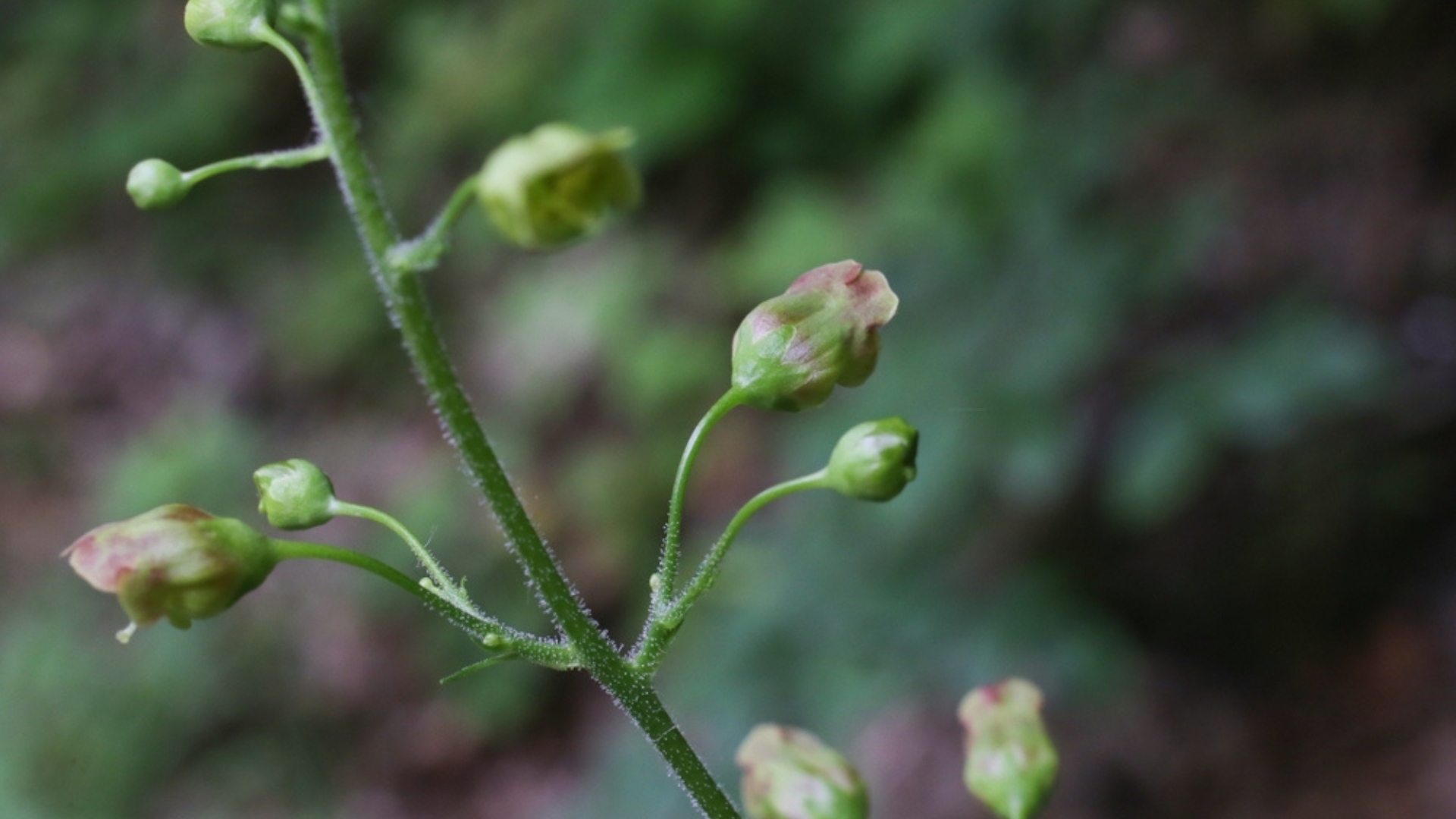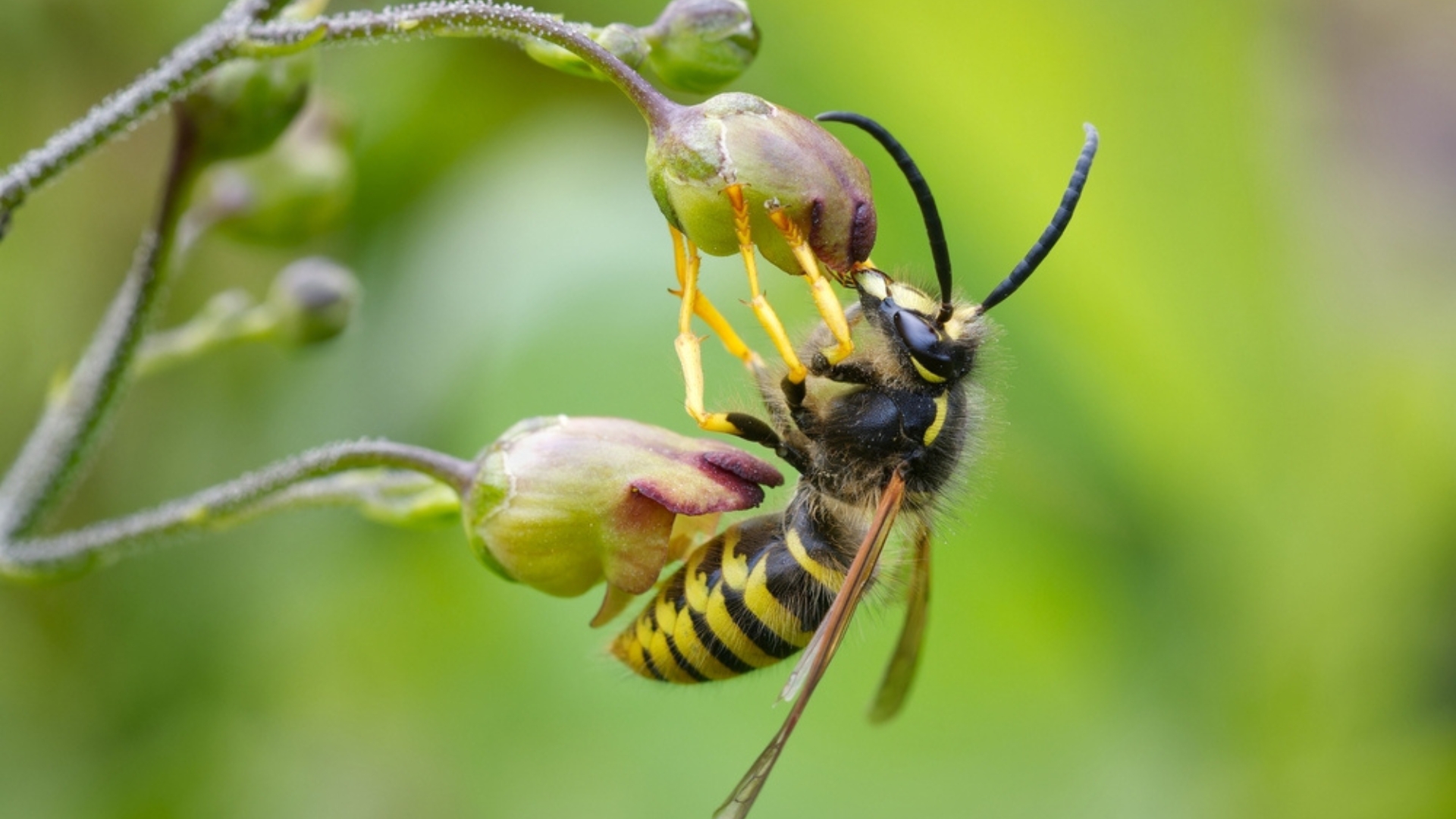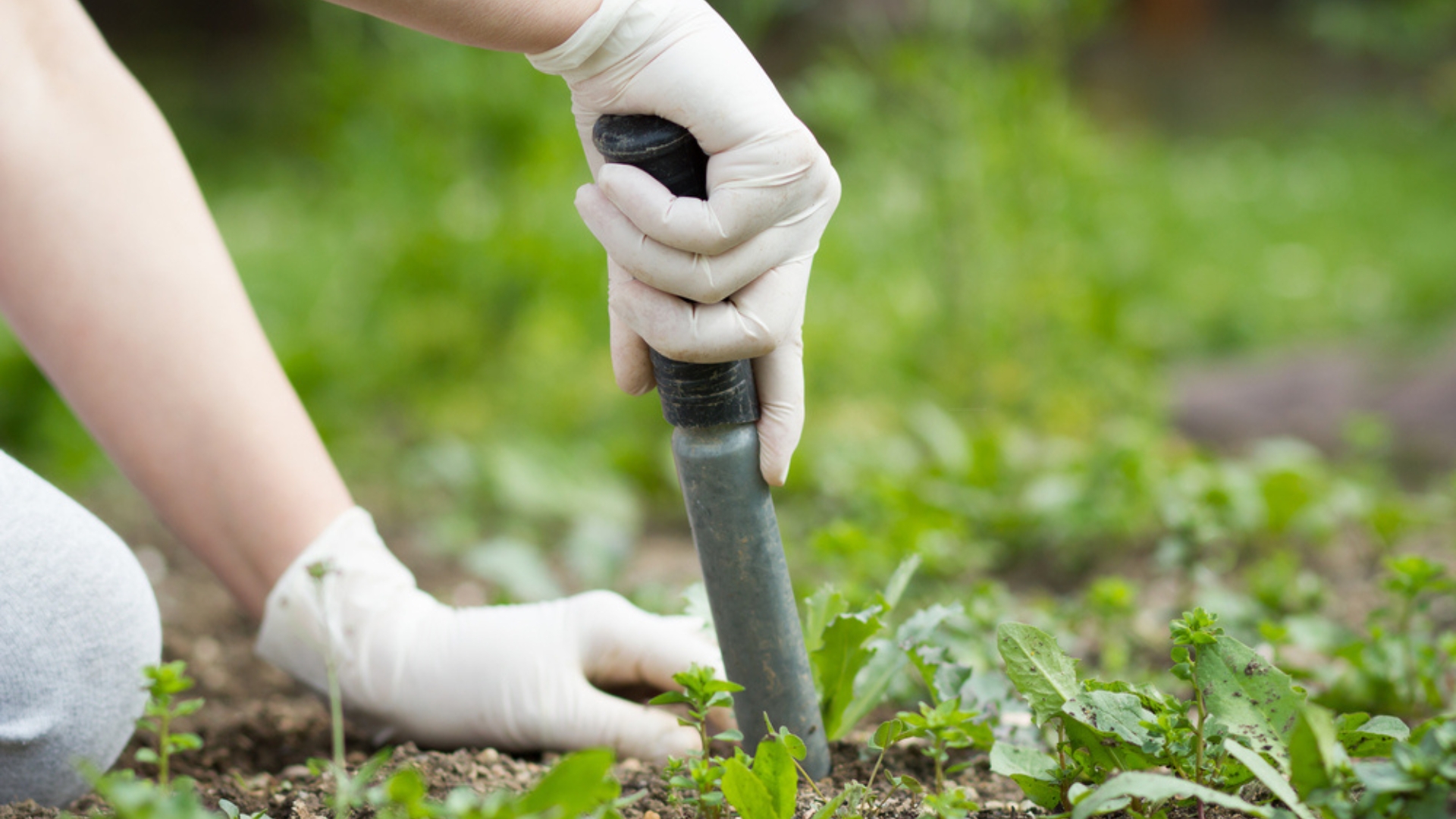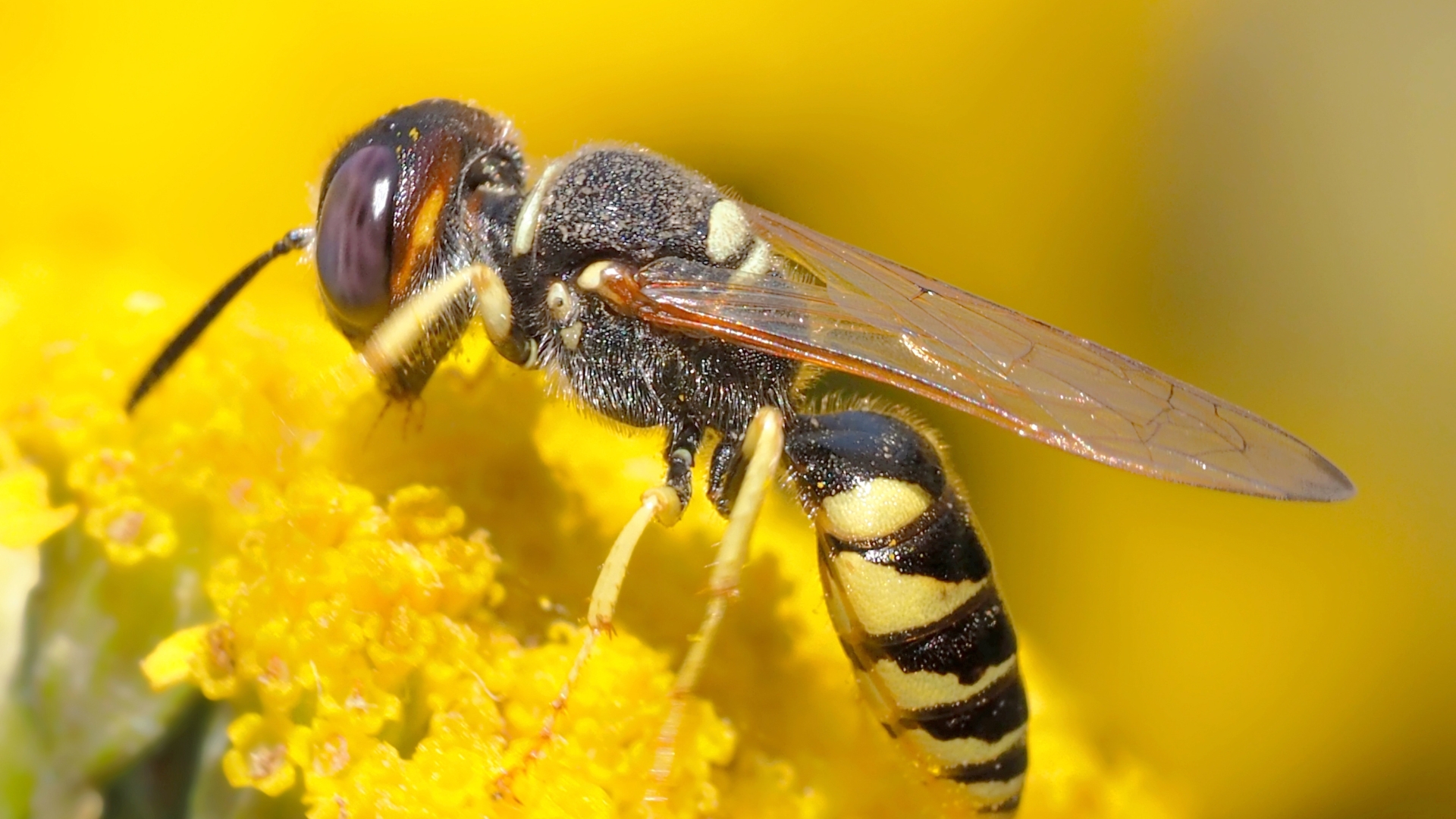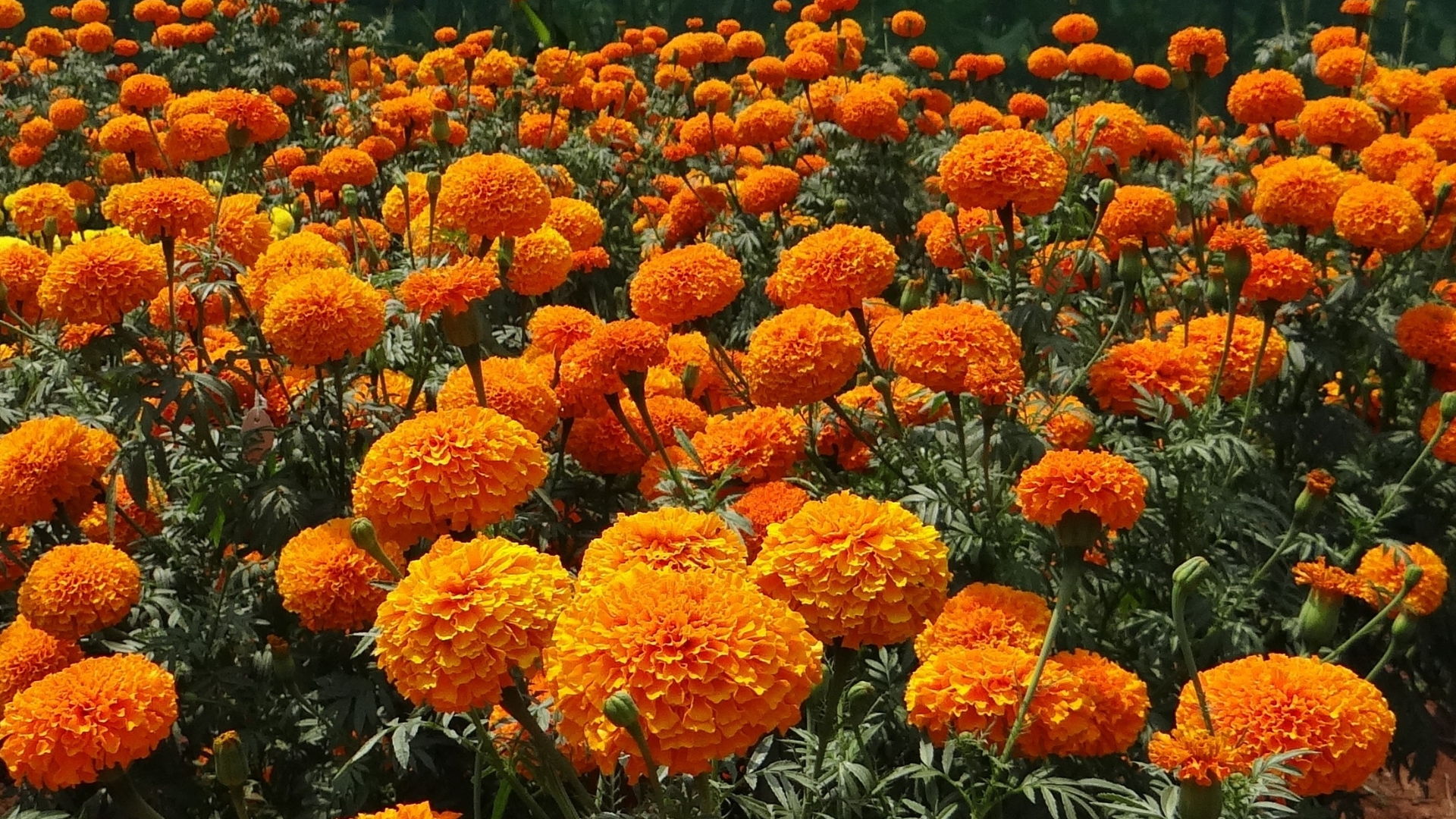Every summer, my yard turned into a wasp playground. I couldn’t enjoy a cup of coffee on the patio without a few uninvited guests hovering nearby.
I tried removing food sources, setting up deterrents, even waving my arms like a mad person—but they just wouldn’t leave.
Frustrated, I started paying closer attention to where they were spending their time, and that’s when it hit me.
A certain weedy plant, one I had overlooked for years, was actually drawing them in. I had been unknowingly planting an open invitation to my worst garden pest.
Figwort Isn’t A Plant You Want In Your Garden
At first glance, figwort doesn’t seem like much—a lanky, unassuming plant that blends into the background.
But if you’ve spotted a tall, leafy stalk with small, greenish-purple flowers tucked into the nooks of its stems, you might have figwort growing in your yard.
This plant can reach anywhere from two to five feet tall, with square stems that resemble those of mint but without the signature fragrance. Its leaves are lance-shaped, slightly serrated, and arranged in pairs, giving it a wild, weedy look.
Figwort is native to Europe and North America, often popping up in meadows, along roadsides, and in neglected corners of the garden.
It thrives in moist soil and partial shade, though it’s hardy enough to grow just about anywhere.
While some might mistake it for just another wildflower, this plant has a few unexpected traits that make it far from a welcome guest in most gardens. If you’re seeing figwort sprouting up, it’s worth taking a closer look before letting it settle in.
Why Wasps Adore Figwort
While its small, greenish-purple flowers might not stand out to the human eye, they’re a beacon for wasps.
Figwort produces an abundance of nectar, and unlike other flowers that have short blooming periods, it keeps the buffet open for most of the summer. This steady nectar supply makes it one of the most wasp-friendly plants around, drawing them in from all directions.
Unlike bees and butterflies, which are drawn to bright, showy flowers, wasps prefer the more discreet, tubular blooms of figwort.
The structure of these tiny flowers makes them easy for wasps to access, giving them a reliable feeding ground when other nectar sources start to fade.
How To Remove This Weed From Your Garden
If figwort has made itself at home in your garden, getting rid of it takes more than a quick pull. I’ve dealt with this stubborn plant before, and trust me—you don’t want to leave even a trace behind.
Its deep, fibrous roots make it a tough one to remove, so when you tackle it, be sure to dig deep. Grab a trowel or garden fork and work carefully to lift the entire root system. If you just yank the stems, you’ll only be encouraging it to come back stronger.
Once you’ve pulled it, don’t let your guard down. If figwort has already spread, mowing or cutting it back before it flowers can stop it from reseeding.
A thick layer of mulch over the area can smother any lingering roots, and keeping an eye out for new shoots will prevent it from taking over again.
Stay persistent, and before long, you’ll have your garden back—without figwort inviting in unwanted guests.
Other Plants That Attract Wasps
Figwort isn’t the only plant that turns your garden into a wasp hotspot. I learned this the hard way after wondering why these buzzing visitors kept coming back, even after I removed the biggest offenders.
If you’re trying to keep wasps at bay, it’s worth taking a closer look at what’s growing in your yard. Certain plants are natural wasp magnets, offering nectar, shelter, or prime hunting grounds that keep them coming back.
Goldenrod is one of the biggest culprits, producing loads of late-season nectar that wasps can’t resist.
Queen Anne’s lace and yarrow are also favorites, thanks to their small, clustered flowers that make feeding easy.
Even some herbs, like fennel and dill, attract wasps when they bolt and go to seed. If wasps are a problem, consider moving these plants away from gathering spaces—or replacing them with alternatives that keep your garden buzzing with pollinators, not stingers.
Grow Wasp-Repelling Plants Instead!
After dealing with more wasps than I’d ever like to count, I realized the best way to keep them away wasn’t just about removing attractants—it was about planting smarter.
Certain plants naturally send wasps in the other direction, making them perfect for gardens where these stinging guests aren’t welcome. If you want to reclaim your space, swapping out wasp-friendly plants for these deterrents can make all the difference.
Strongly scented herbs like mint, basil, and lemongrass are excellent choices, as their intense aroma interferes with a wasp’s ability to locate food.
Marigolds and geraniums not only add color but also give off a scent that wasps dislike.
Eucalyptus and wormwood create an even stronger barrier, with their potent oils acting as natural repellents.
So, if wasps won’t leave your yard alone, the problem might be hiding in plain sight. Ditch figwort, and you’ll be one step closer to a sting-free garden!

